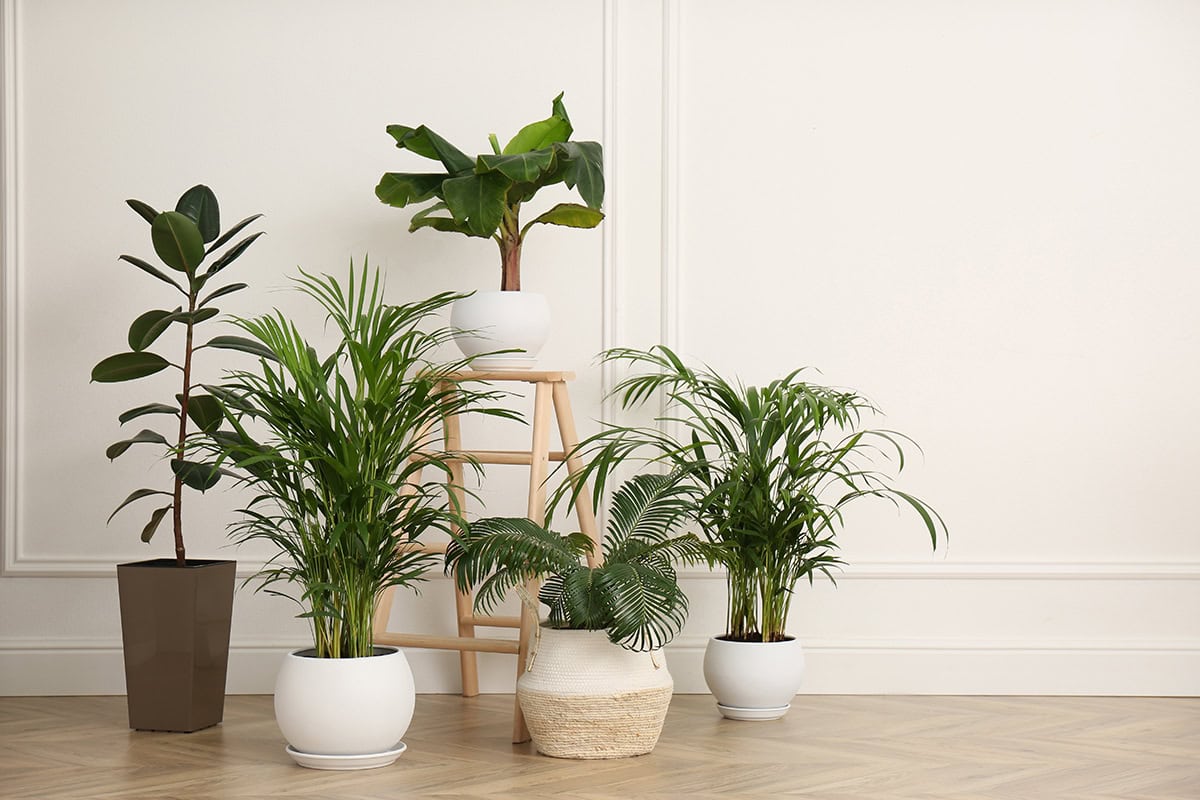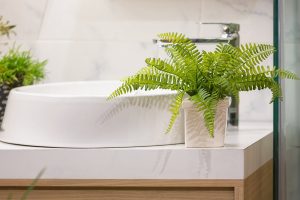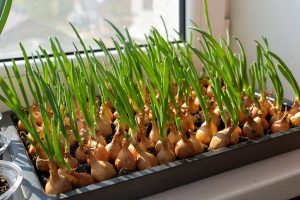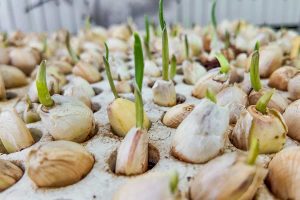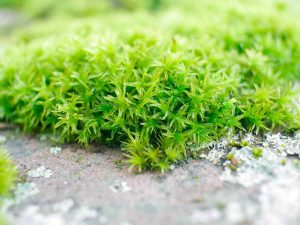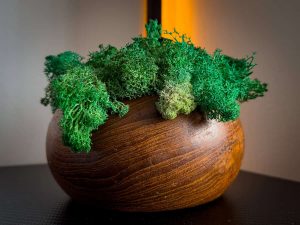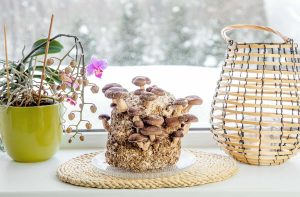Not everyone has a green thumb—and that’s totally okay. These 20 hard-to-kill indoor plants are perfect for beginners, busy people, or anyone who’s accidentally neglected a plant or two. With these tough varieties, success is practically guaranteed.
Table of Contents
- Hard-To-Kill Indoor Plants
- Snake Plant (Sansevieria)
- ZZ Plant (Zamioculcas Zamiifolia)
- Pothos (Epipremnum Aureum)
- Spider Plant (Chlorophytum Comosum)
- Peace Lily (Spathiphyllum)
- Aloe Vera
- Cast Iron Plant (Aspidistra Elatior)
- Chinese Evergreen (Aglaonema)
- Philodendron
- Jade Plant (Crassula Ovata)
- Rubber Plant (Ficus Elastica)
- Parlor Palm (Chamaedorea Elegans)
- Dracaena
- Devil’s Ivy
- Hoya (Wax Plant)
- English Ivy (Hedera Helix)
- Dieffenbachia (Dumb Cane)
- Lucky Bamboo
- Ponytail Palm (Beaucarnea Recurvata)
- Fiddle Leaf Fig (Ficus Lyrata)
Hard-To-Kill Indoor Plants
Want something stylish and low-maintenance? These upcoming houseplants check both boxes.
Snake Plant (Sansevieria)
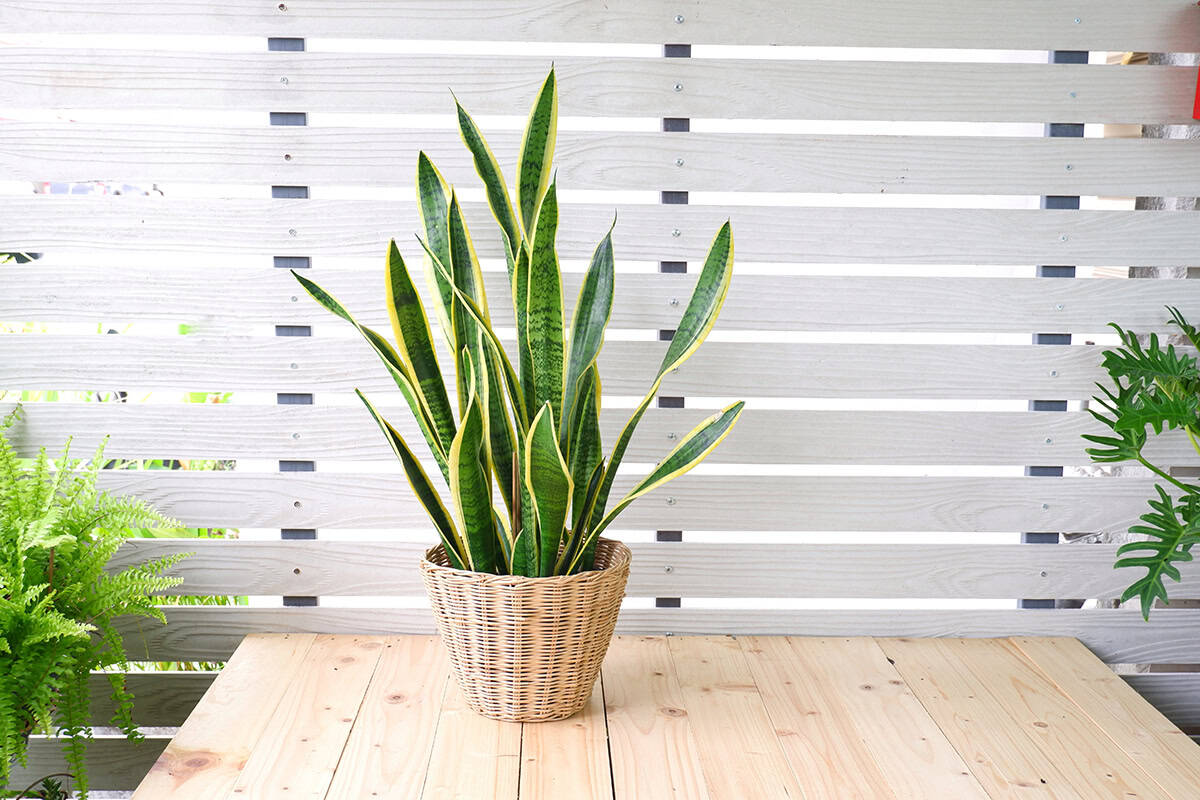
The Snake Plant, also known as Sansevieria, is remarkably forgiving. It thrives in low light and can endure irregular watering. This plant prefers infrequent watering, only requiring water when the soil is completely dry. Snake Plants contribute to indoor air purification, removing toxins like formaldehyde and benzene. With its striking, upright leaves, it adds a modern touch to interior spaces.
Key care tip: Ensure good drainage, as it detests soggy soil.
ZZ Plant (Zamioculcas Zamiifolia)
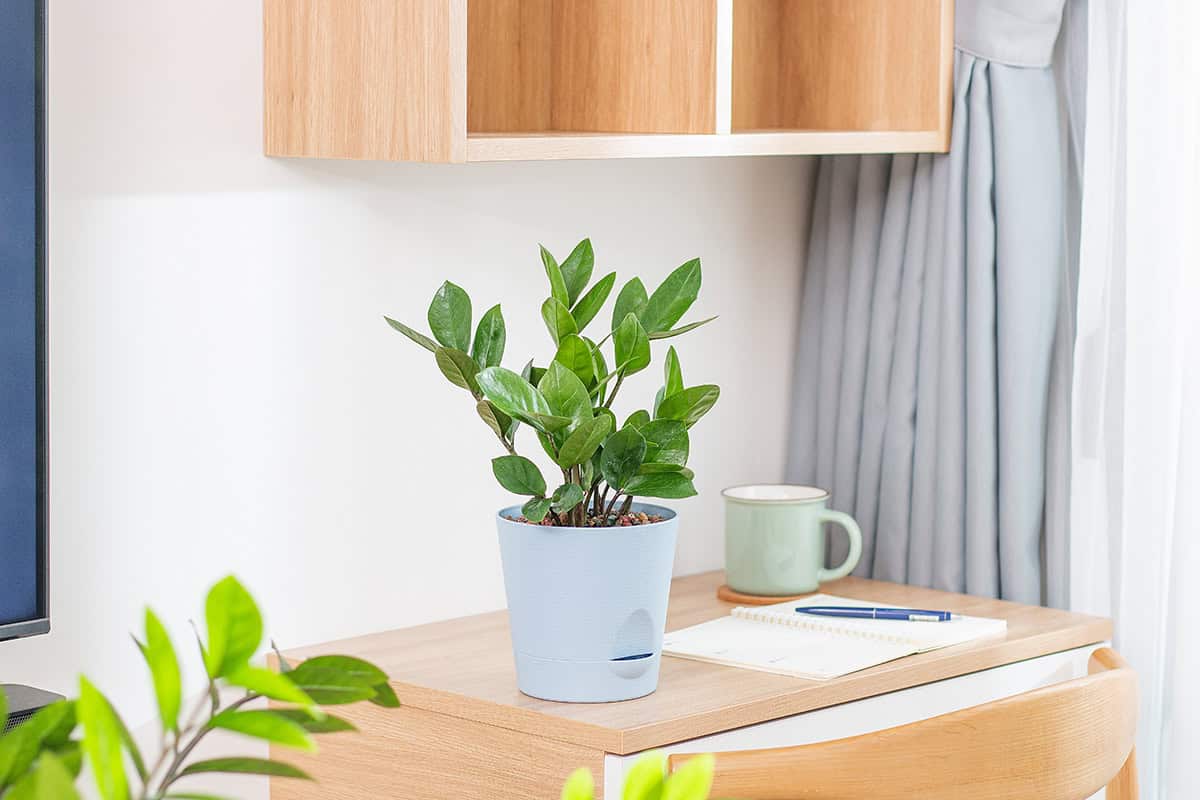
The ZZ Plant is a robust, glossy-leaved option that can survive low light and drought. Its rhizomes store water, allowing it to go without frequent watering. This plant requires minimal maintenance and can tolerate low humidity. It’s often used in office settings due to its impressive resilience.
Key consideration: Avoid direct sunlight, which can scorch its leaves.
Pothos (Epipremnum Aureum)
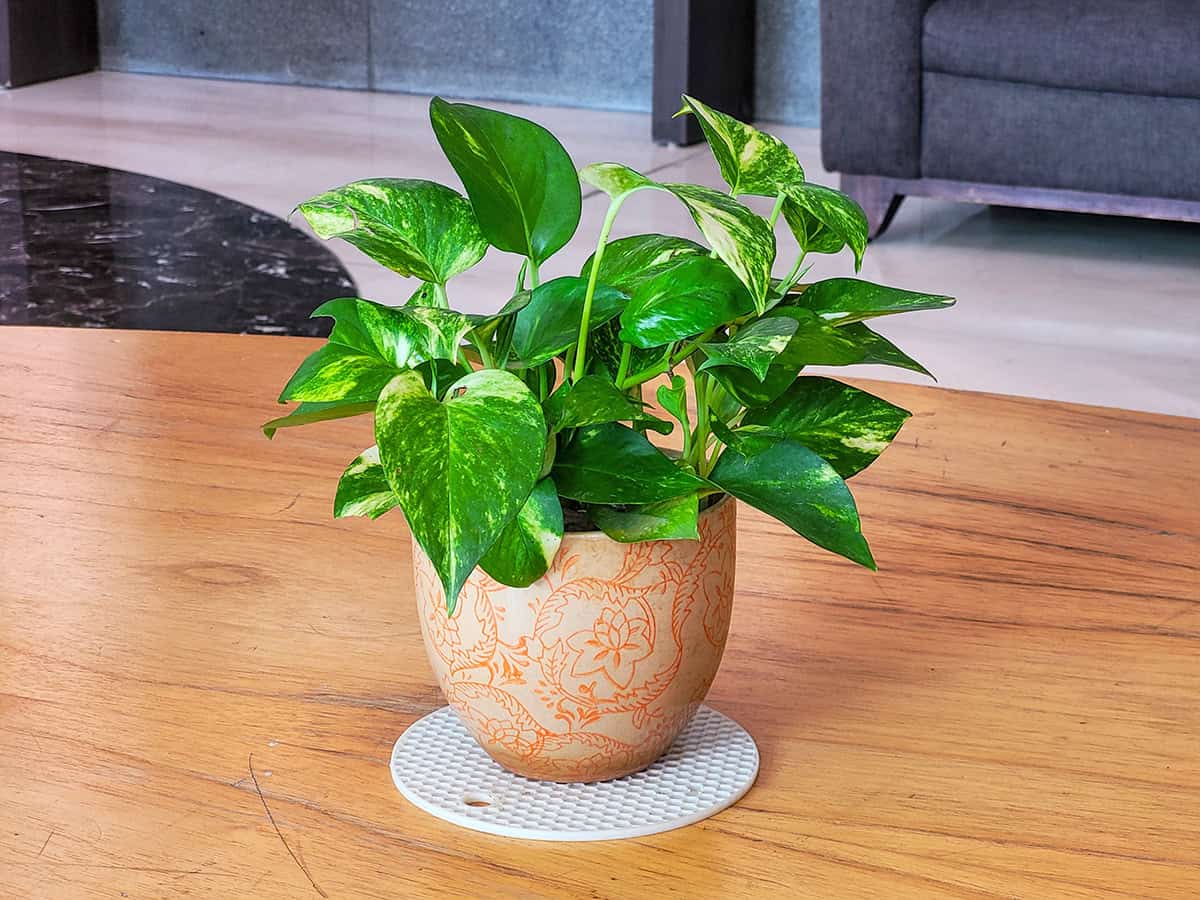
Pothos offers a lush, trailing appearance and is perfect for hanging baskets. It’s one of the easiest plants to grow and propagate, thriving in a range of light conditions, from low light to indirect sunlight. Pothos can grow in soil or water, adapting to changes seamlessly. As an added bonus, it’s known for its ability to filter out common pollutants.
Water it only when the soil dries out completely.
Spider Plant (Chlorophytum Comosum)
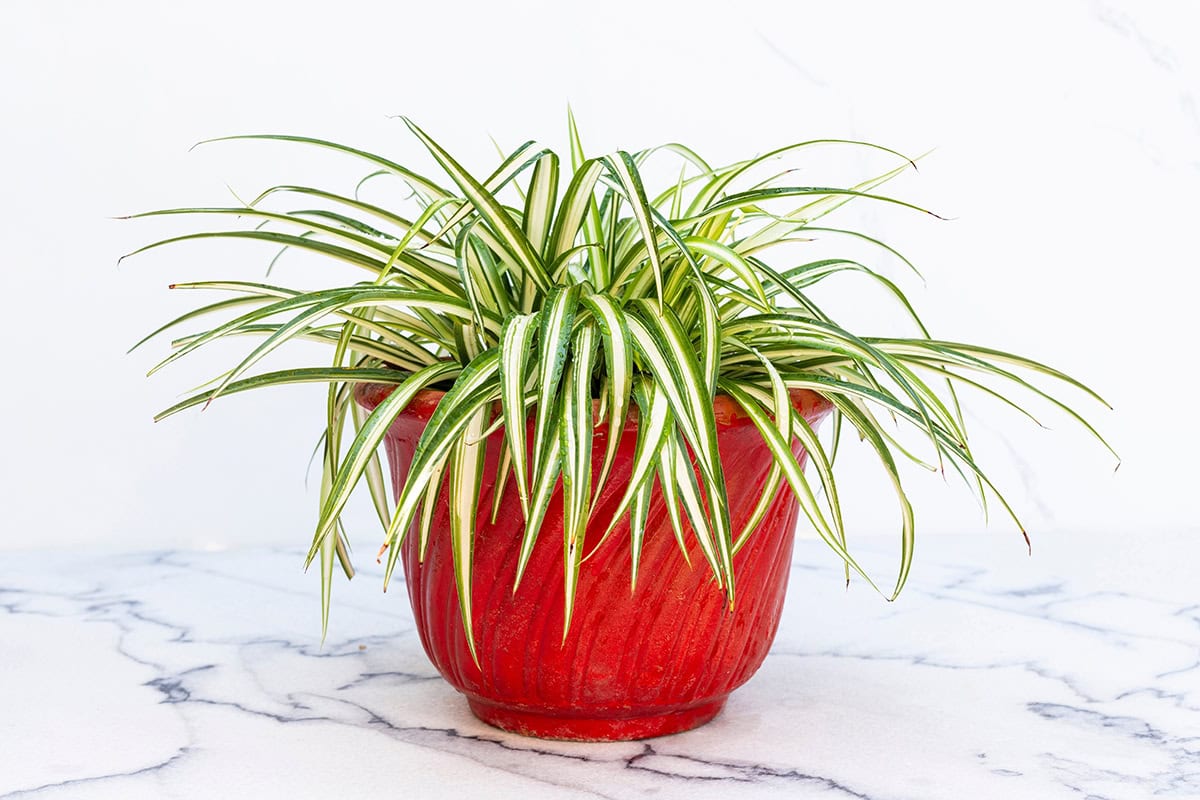
Recognized by its arching leaves and small plantlets, the Spider Plant flourishes indoors. It tolerates neglect, requiring water only when the top inch of soil is dry. Spider Plants prefer bright, indirect light but can survive in less than ideal lighting. They’re also non-toxic to pets, making them a family-friendly choice. Regularly prune plantlets to encourage healthy growth.
Peace Lily (Spathiphyllum)

Distinctive for its white blooms and glossy leaves, the Peace Lily thrives in low light. It signals when it needs water by drooping slightly, making it easy to care for. Peace Lilies improve air quality by filtering toxins like ammonia and formaldehyde. Keep it away from direct sunlight to prevent leaf burn. Ensure the soil stays consistently moist for optimal growth.
Aloe Vera
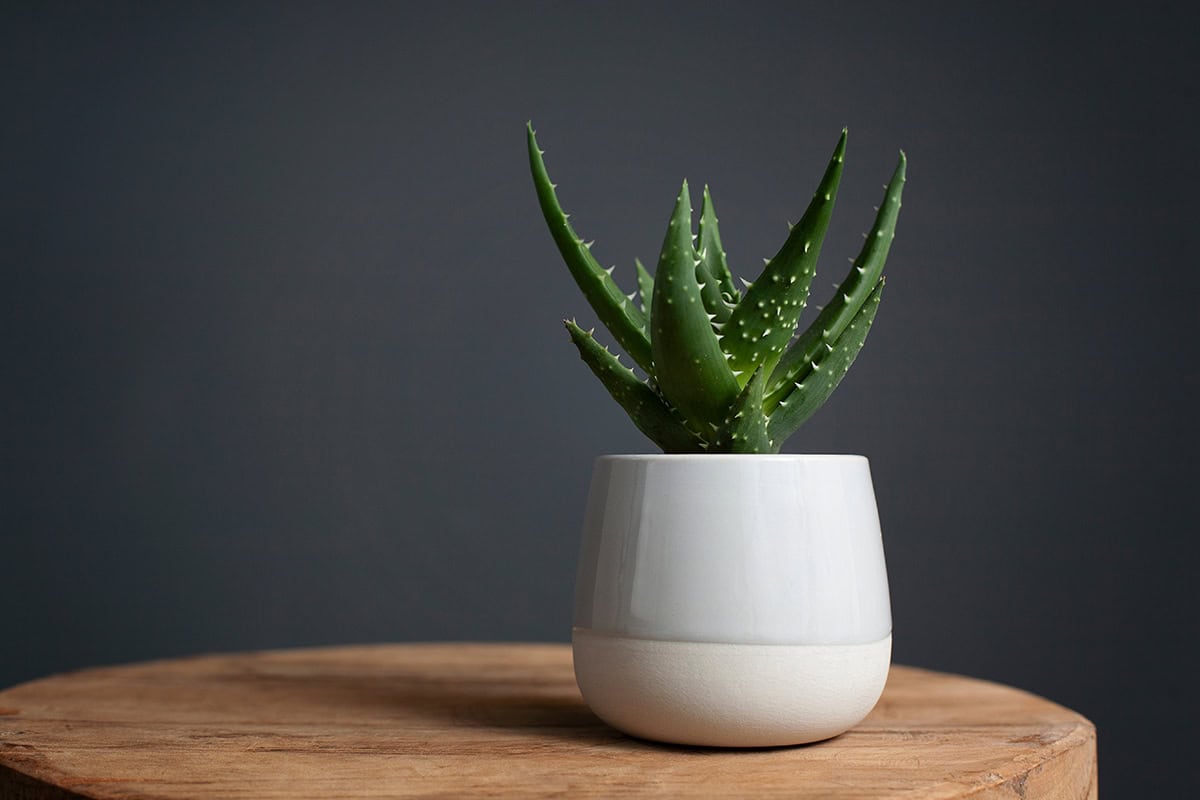
Aloe Vera is appreciated for both its aesthetic and medicinal properties. It requires minimal water and can tolerate periods of neglect. This succulent prefers bright, indirect light and well-drained soil. Its gel can be used to soothe minor burns and cuts. Overwatering is the most common cause of issues; let the soil dry between waterings.
Cast Iron Plant (Aspidistra Elatior)
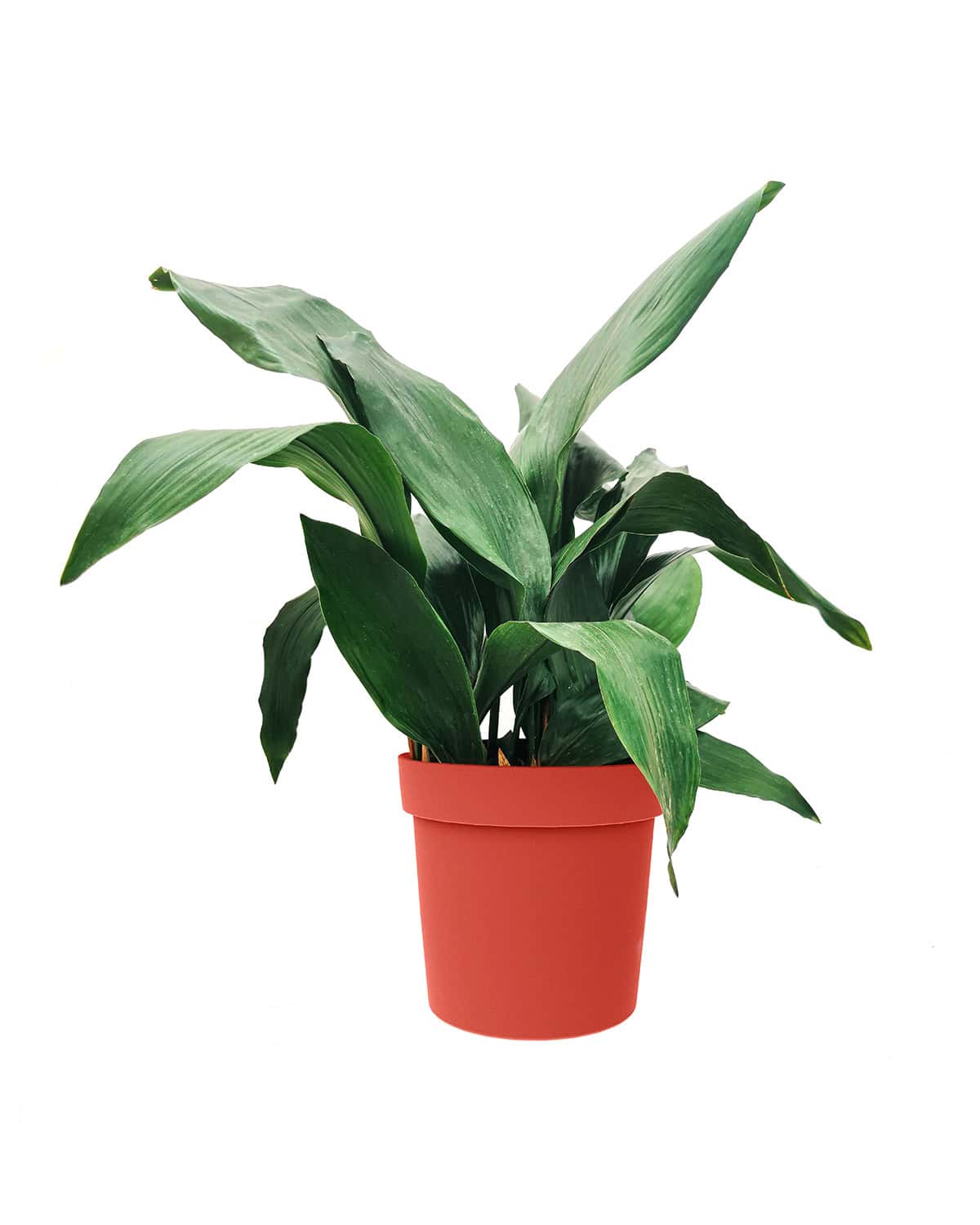
True to its name, the Cast Iron Plant is nearly indestructible. It thrives in low light and is highly drought-tolerant. Its tough, dark green leaves are ideal for adding texture to interiors. Cast Iron Plants require little attention, only needing water when the soil is dry. They’re perfect for shady spots where other plants might struggle.
Chinese Evergreen (Aglaonema)
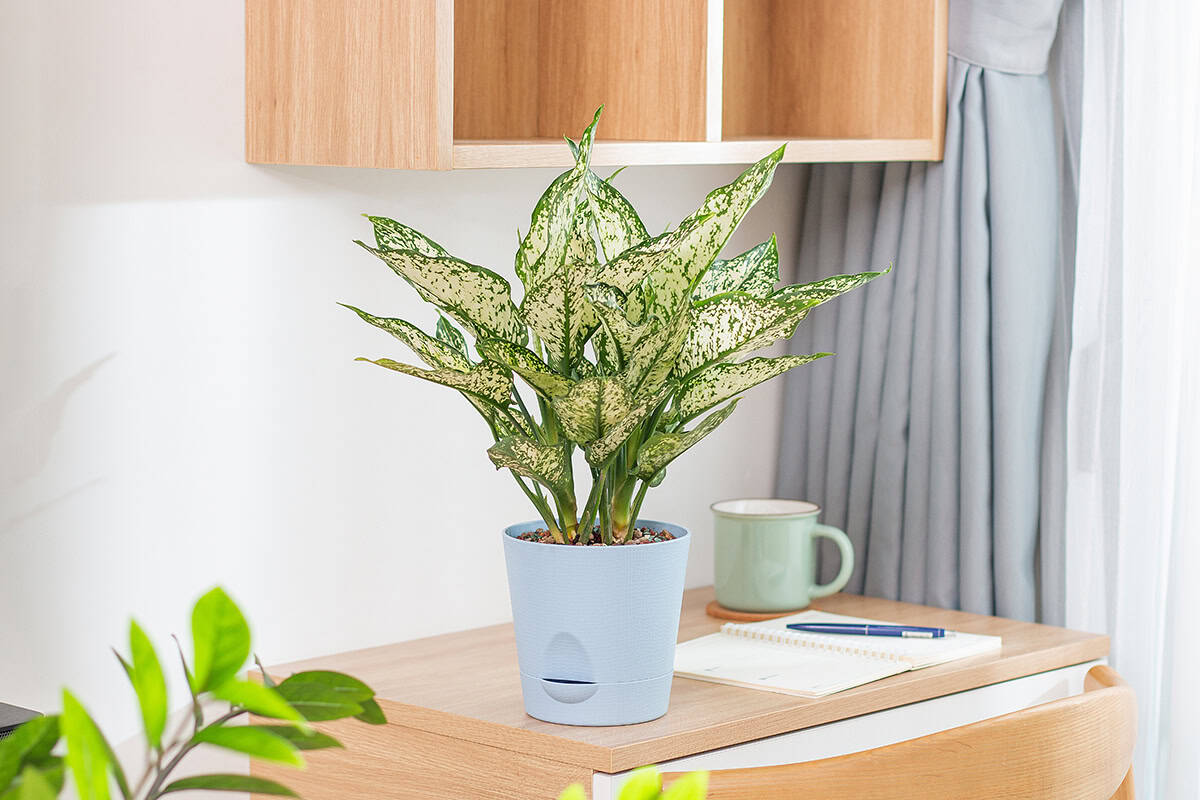
Chinese Evergreen plants are known for their striking foliage and adaptability. They grow well in varying lighting conditions and are forgiving of infrequent watering. The foliage varies, offering silver, green, and red tones. They’re suitable for offices and homes, where they provide air purification benefits. Avoid cold drafts, which can damage the leaves.
Philodendron
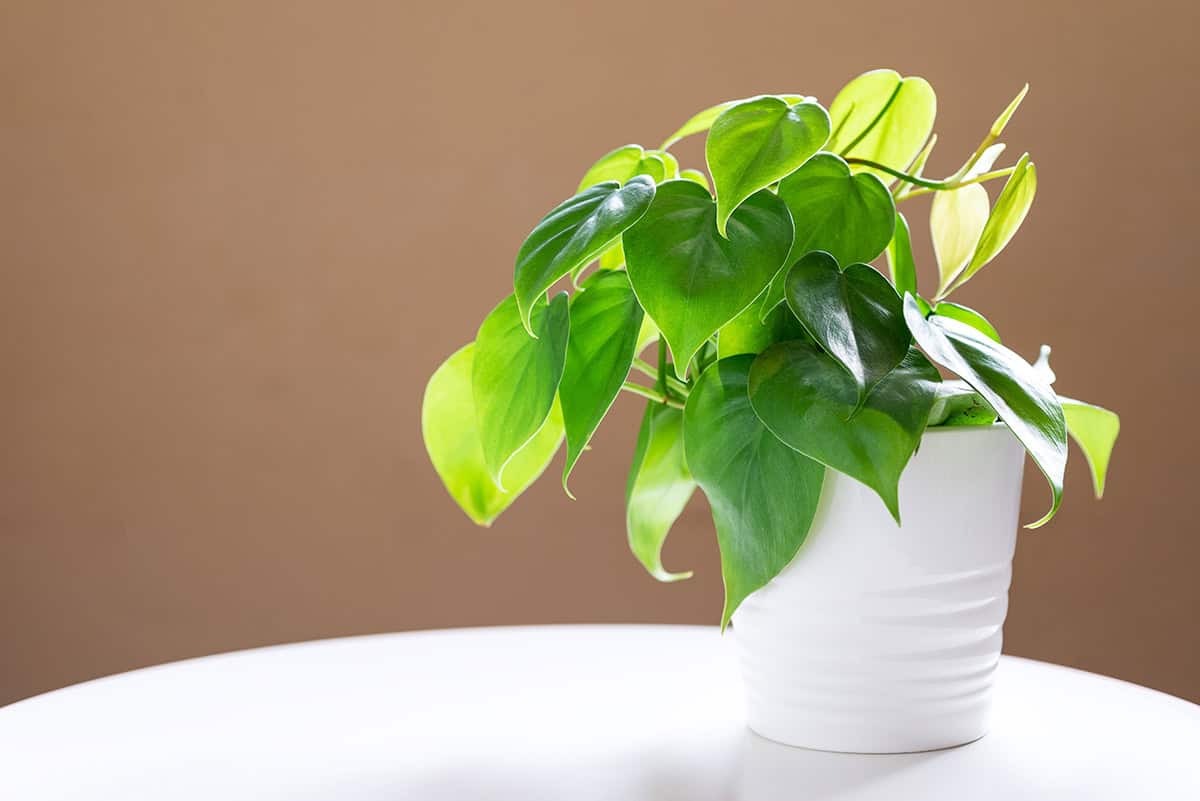
Philodendrons are versatile and come in climbing or non-climbing varieties. They adapt well to low light and are tolerant of irregular watering. This plant is easy to care for and makes a great addition to indoor collections with its heart-shaped leaves. Ensure the soil remains slightly moist but not soggy.
Jade Plant (Crassula Ovata)
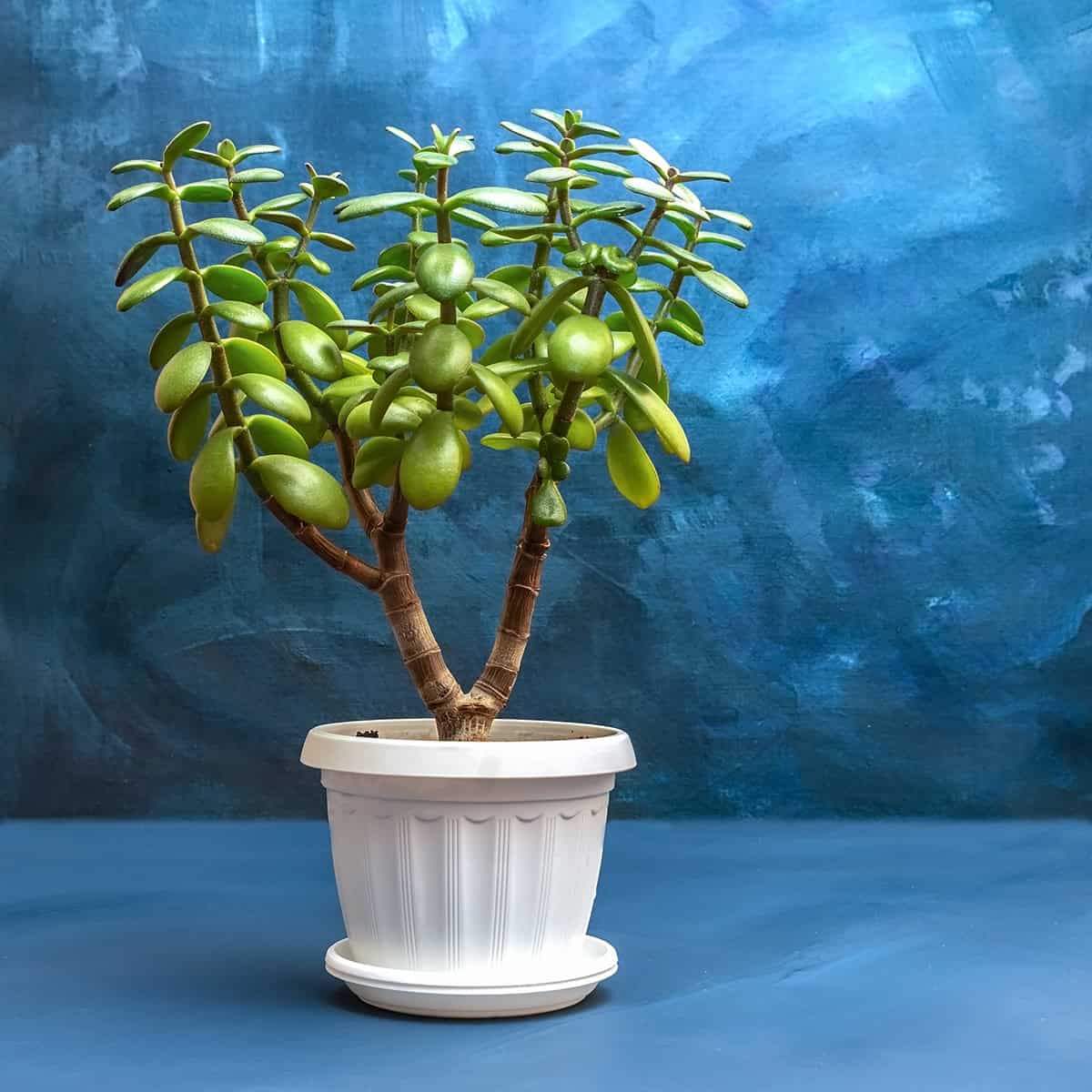
The Jade Plant symbolizes good luck and is cherished for its fleshy, round leaves. It requires bright light and well-drained soil but is forgiving of occasional forgetfulness in watering. Allow the soil to dry out completely before watering again. With proper care, it can live for many years, becoming a beloved part of your home.
Rubber Plant (Ficus Elastica)
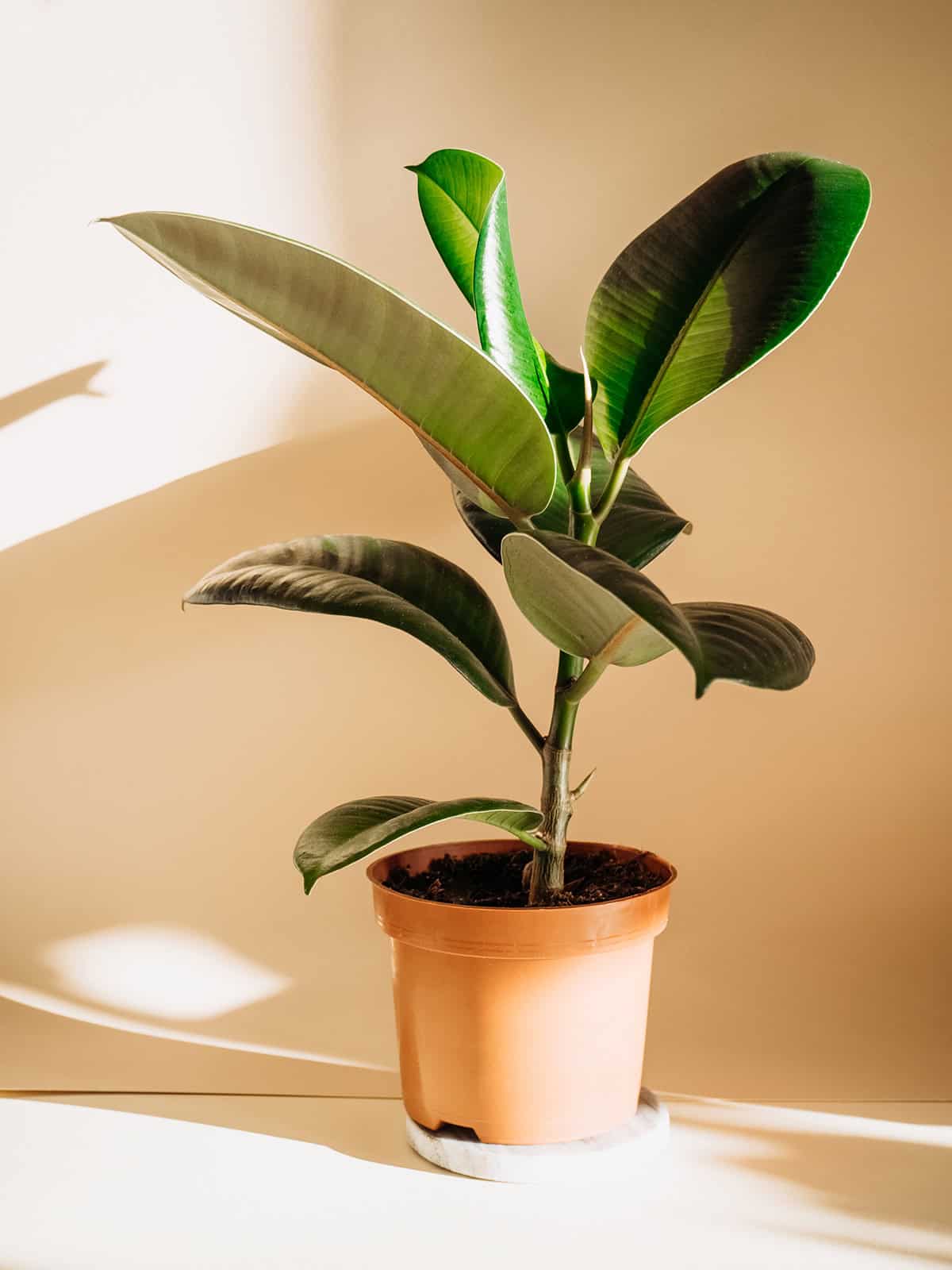
Rubber Plants are eye-catching with their large, shiny leaves. They need bright, indirect light and benefit from a balanced watering routine. Allowing the soil to dry slightly between waterings is important. These plants can grow quite tall, making them ideal for floor placement. Regular cleaning of the leaves helps them stay healthy and glossy.
Parlor Palm (Chamaedorea Elegans)
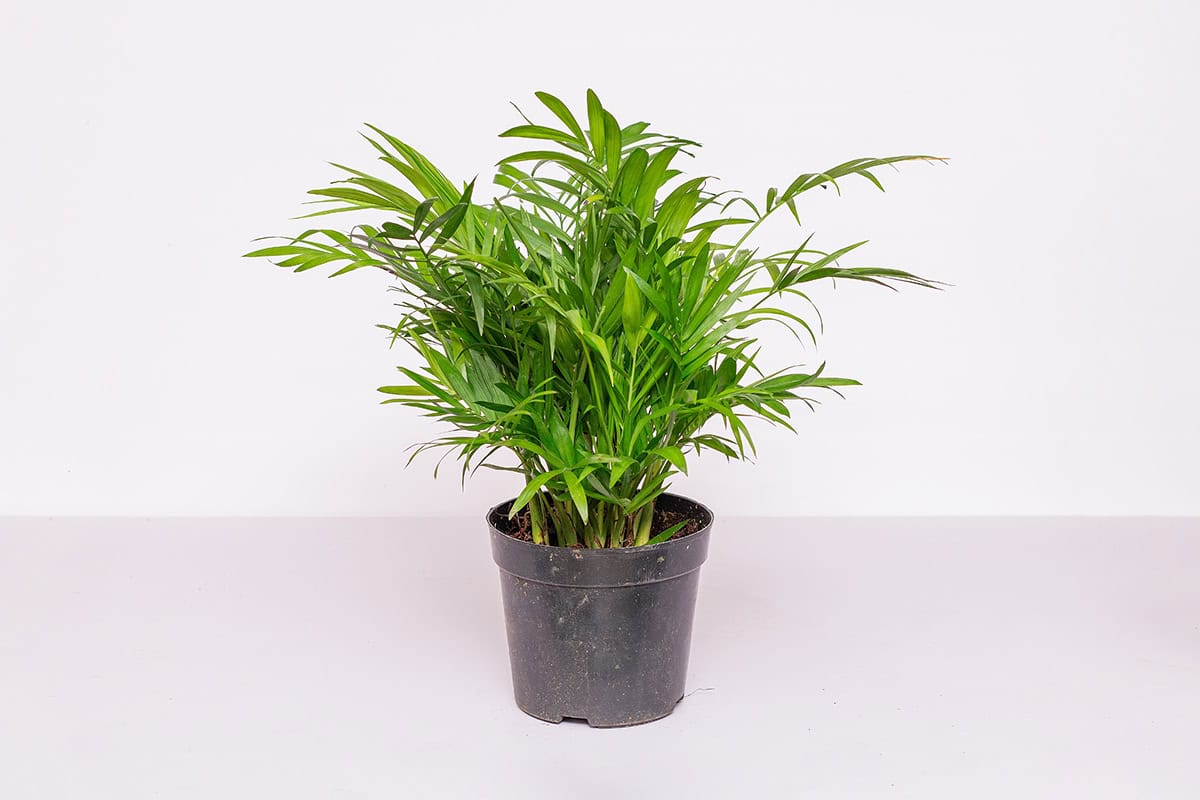
Parlor Palms are popular for their elegant fronds and ability to thrive in low light. They’re perfect for places with limited natural light. These palms require less water than many other indoor plants, preferring their soil to dry out a bit between waterings. They’re safe for pets, adding a touch of nature to any room.
Dracaena
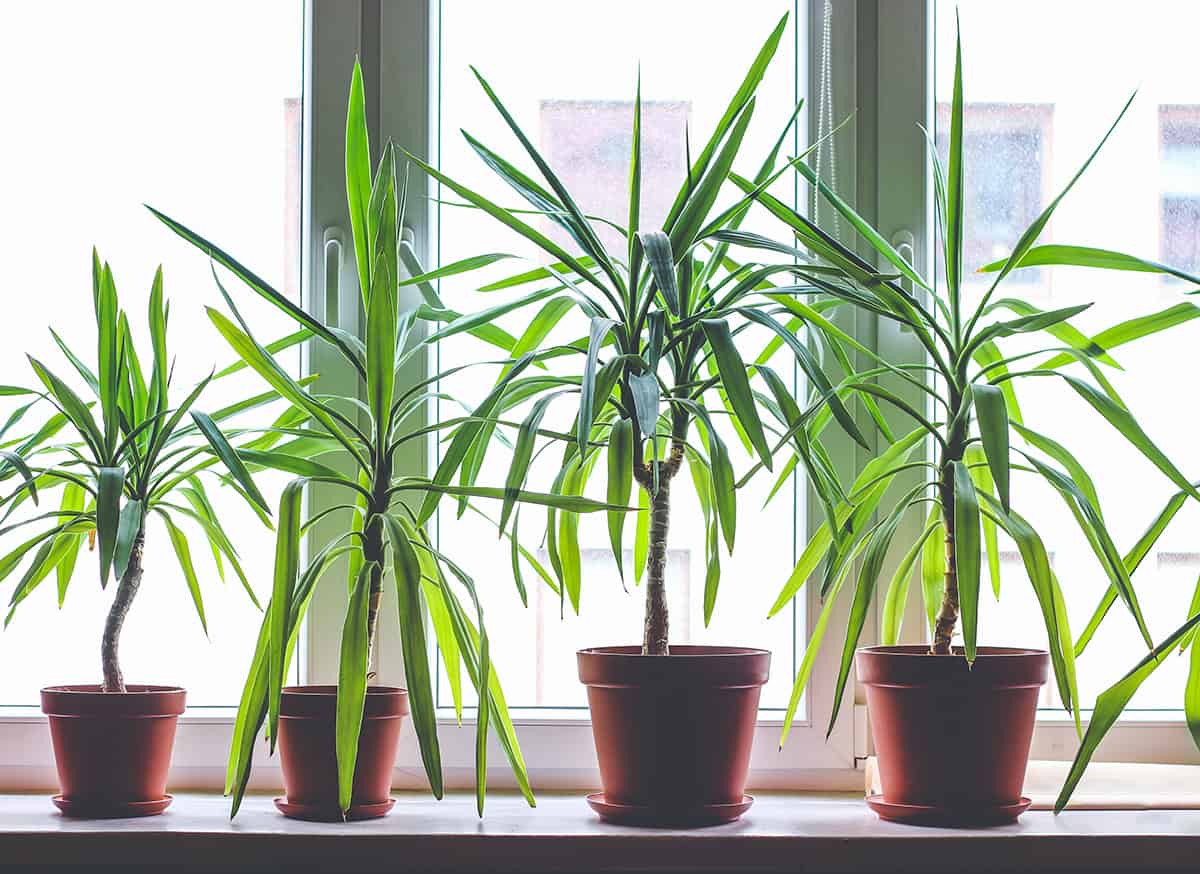
Dracaena plants offer a bold appearance with their long, arching leaves. They are adaptable to low light and irregular watering habits. Dracaena enhances indoor air quality by removing toxins such as trichloroethylene. These plants prefer well-drained soil and moderate humidity. Occasional pruning keeps the plant looking its best.
Devil’s Ivy
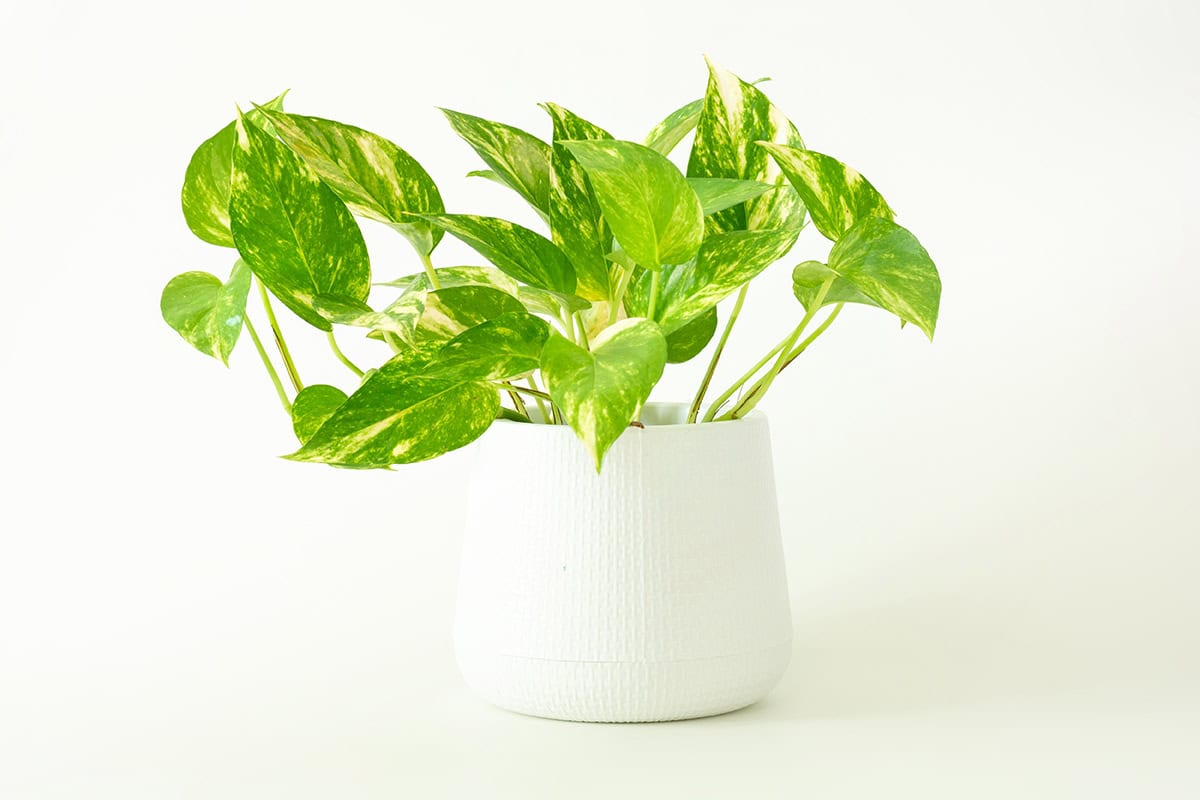
Devil’s Ivy, also known as Golden Pothos, is resilient and fast-growing. It thrives in low to bright indirect light and requires minimal watering. The trailing vines make it perfect for hanging pots or letting it climb. It’s efficient in removing indoor air toxins. Let the soil dry between waterings to keep the plant healthy.
Hoya (Wax Plant)
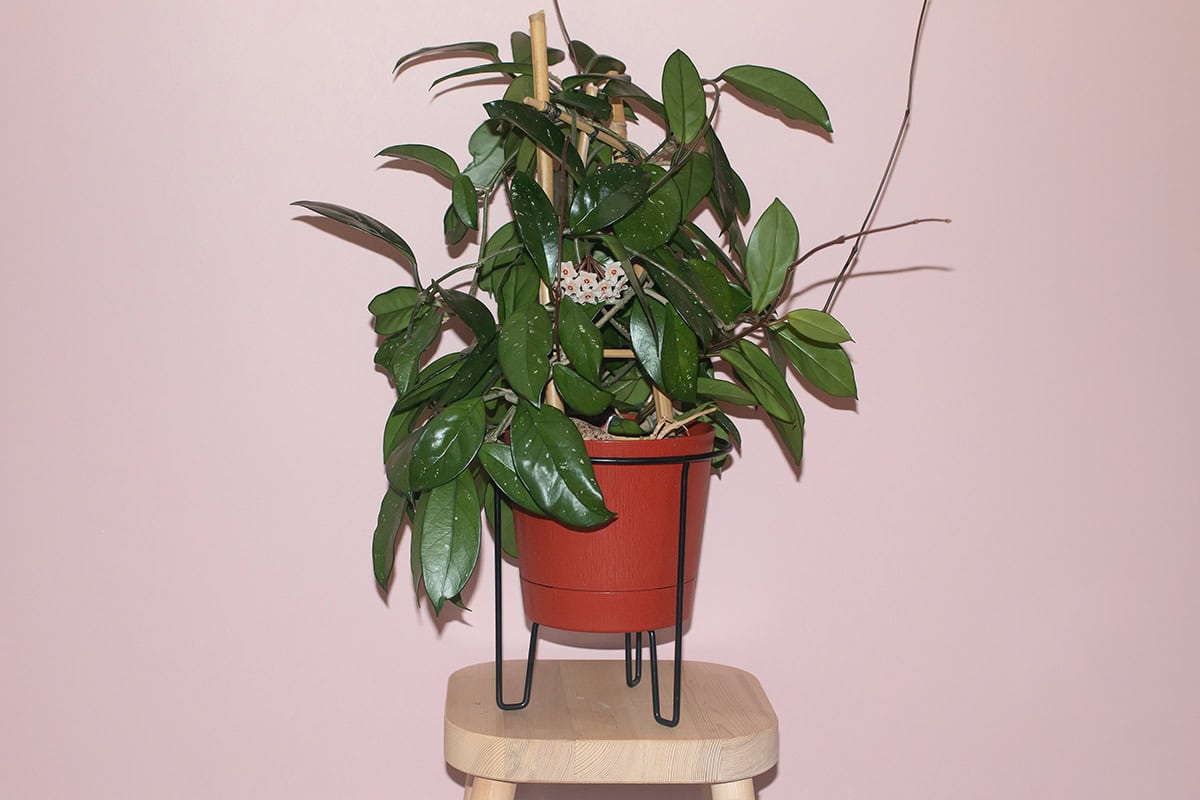
Hoyas are admired for their waxy leaves and fragrant flowers. These plants prefer bright, indirect light and need their soil to dry between waterings. They adapt well to hanging or climbing arrangements, providing flexibility in presentation. Hoyas provide an exotic touch and are well-suited to indoor environments.
English Ivy (Hedera Helix)
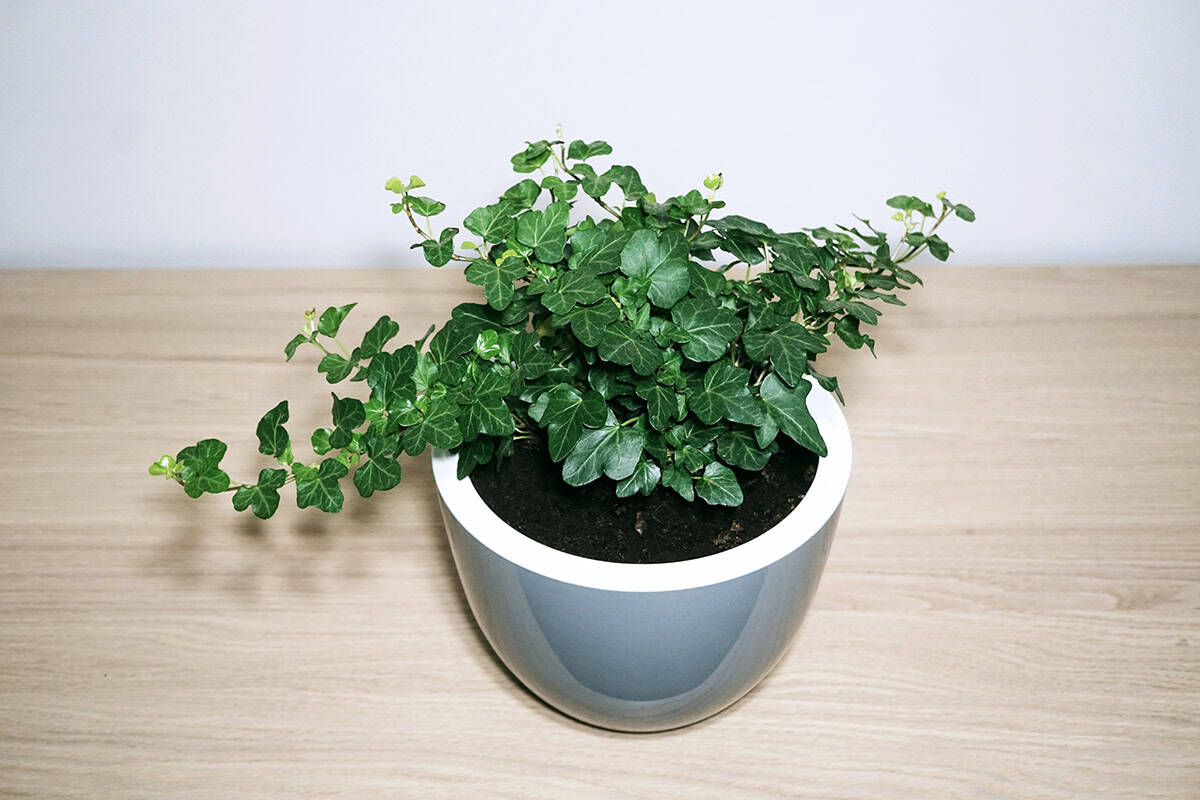
English Ivy is a classic indoor plant with its ability to climb and trail. It does well in bright, indirect light and requires consistent moisture. This plant is known for its ability to purify the air and adds a lush feel to interiors. Occasional pruning keeps English Ivy looking tidy and encourages fuller growth. Avoid overwatering.
Dieffenbachia (Dumb Cane)
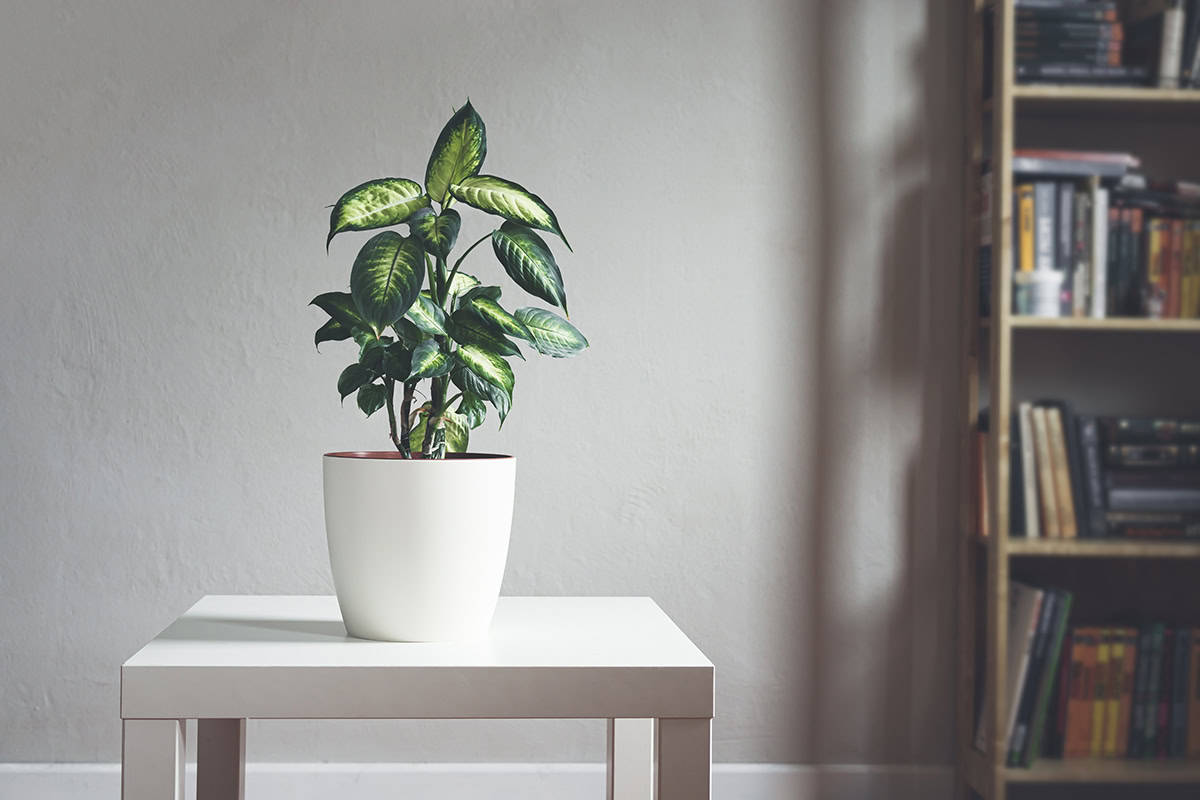
Dieffenbachia is known for its large, patterned leaves. It likes bright, filtered light and humid conditions. Allow the top inch of soil to dry between waterings. This plant provides a dramatic touch without requiring extensive care. It’s vital to handle with care, as its sap can be irritating to the skin.
Lucky Bamboo
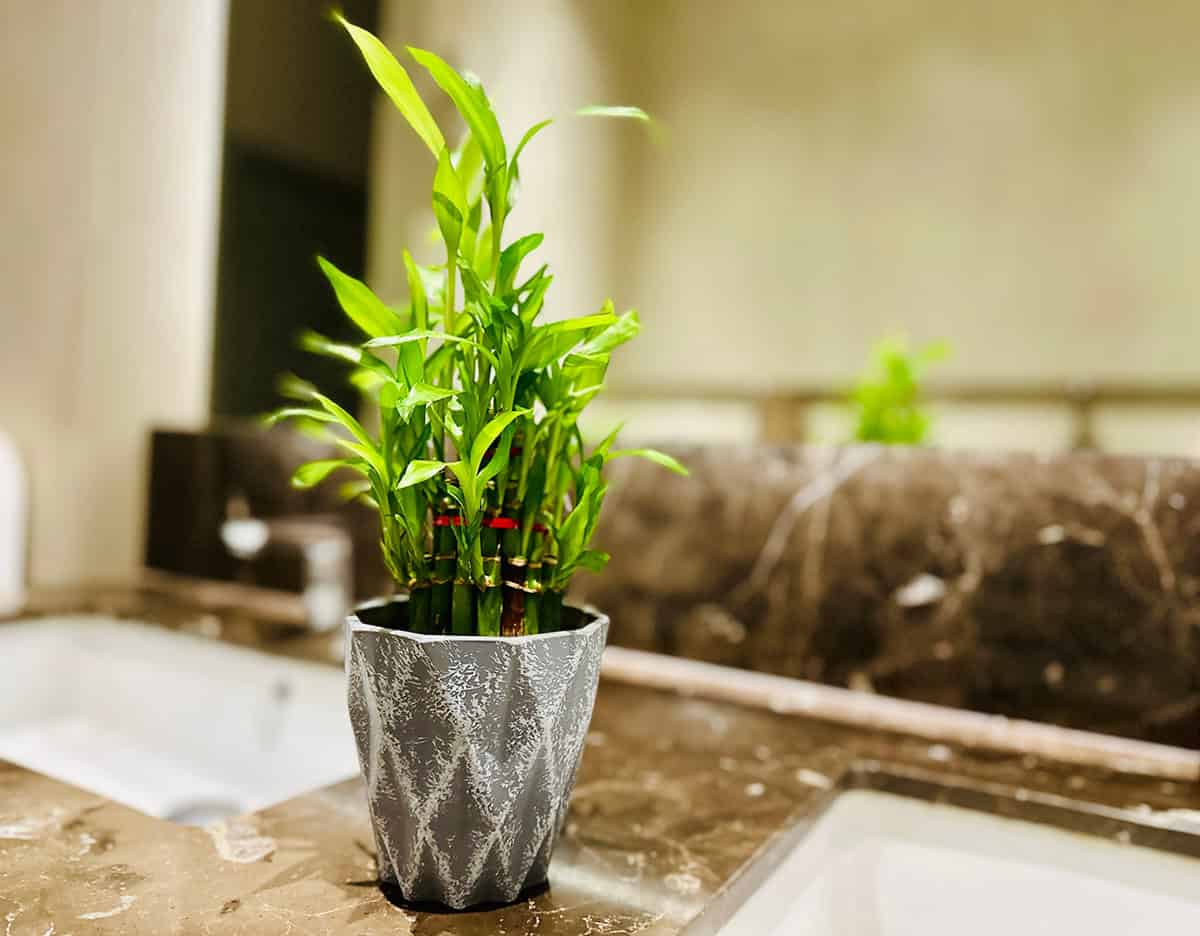
Lucky Bamboo isn’t actually bamboo but rather a resilient plant known for symbolizing prosperity. It tolerates low light and can grow in water or soil. Regularly change the water to prevent root rot. Lucky Bamboo is often shaped into interesting forms, adding elegance and positive energy to spaces.
Ponytail Palm (Beaucarnea Recurvata)
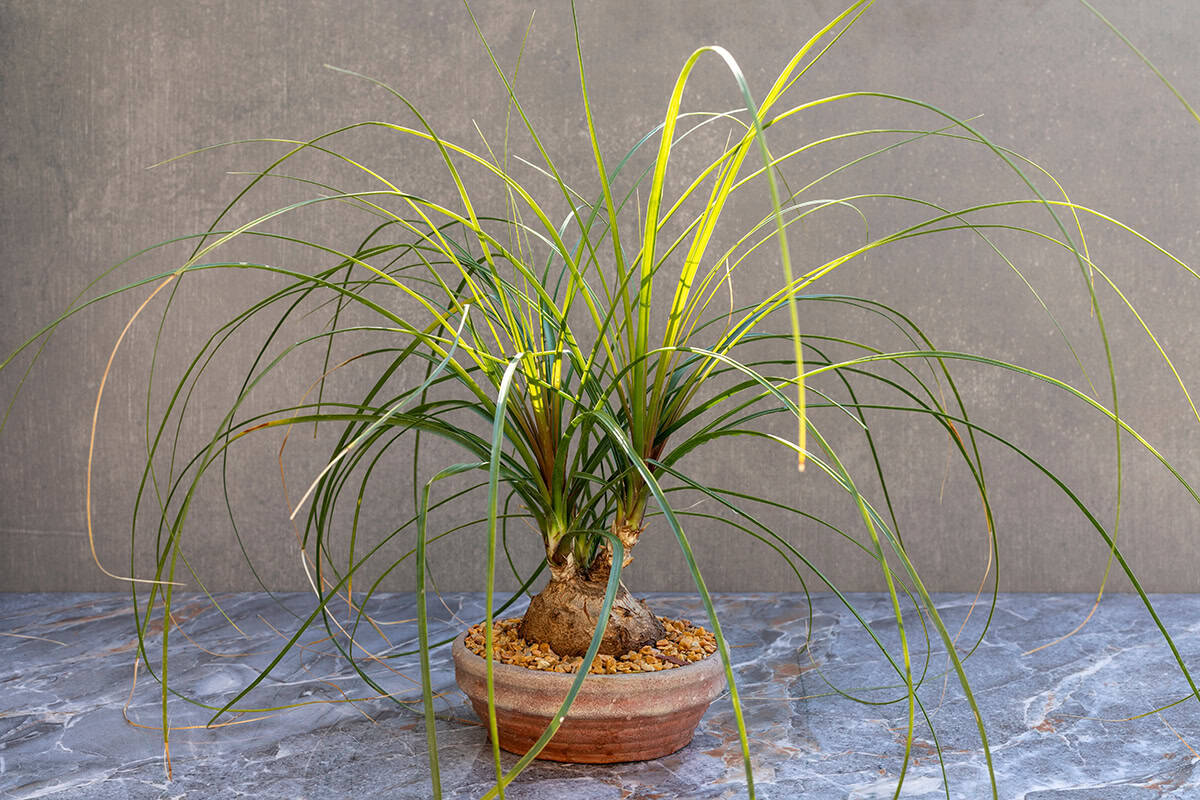
Ponytail Palms are visually striking with their bulbous trunk and cascading leaves. They thrive in bright light but can tolerate less. They require infrequent watering, making them ideal for busy plant owners. Allow the soil to dry completely before watering again. Despite being called a palm, it’s actually a succulent.
Fiddle Leaf Fig (Ficus Lyrata)
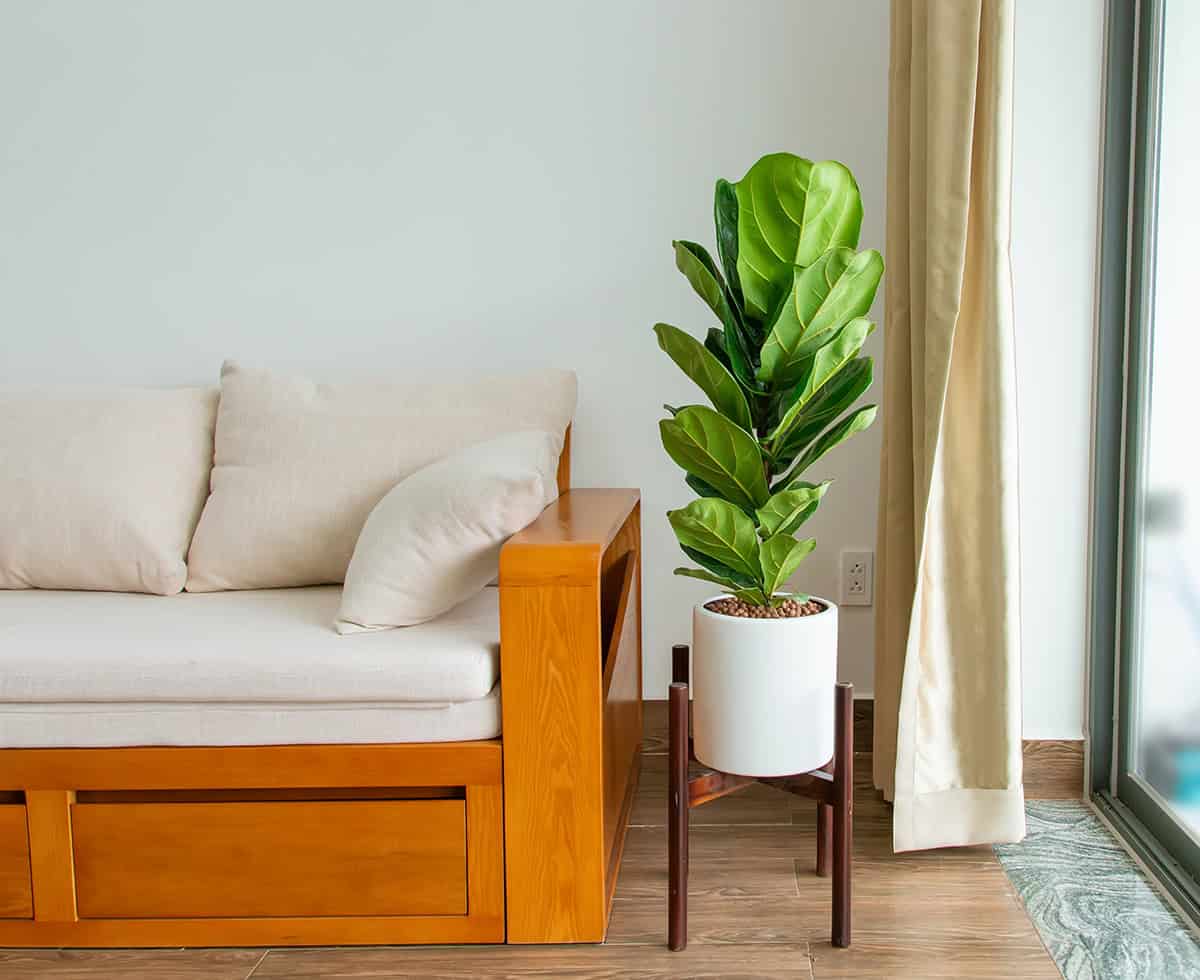
Fiddle Leaf Figs are fashionable plants noted for their broad, violin-shaped leaves. They require bright, indirect light and the soil should dry slightly between waterings. It’s crucial to maintain consistent care, as Fiddle Leaf Figs can be sensitive to change. Dust the leaves regularly to keep them looking vibrant and healthy.
